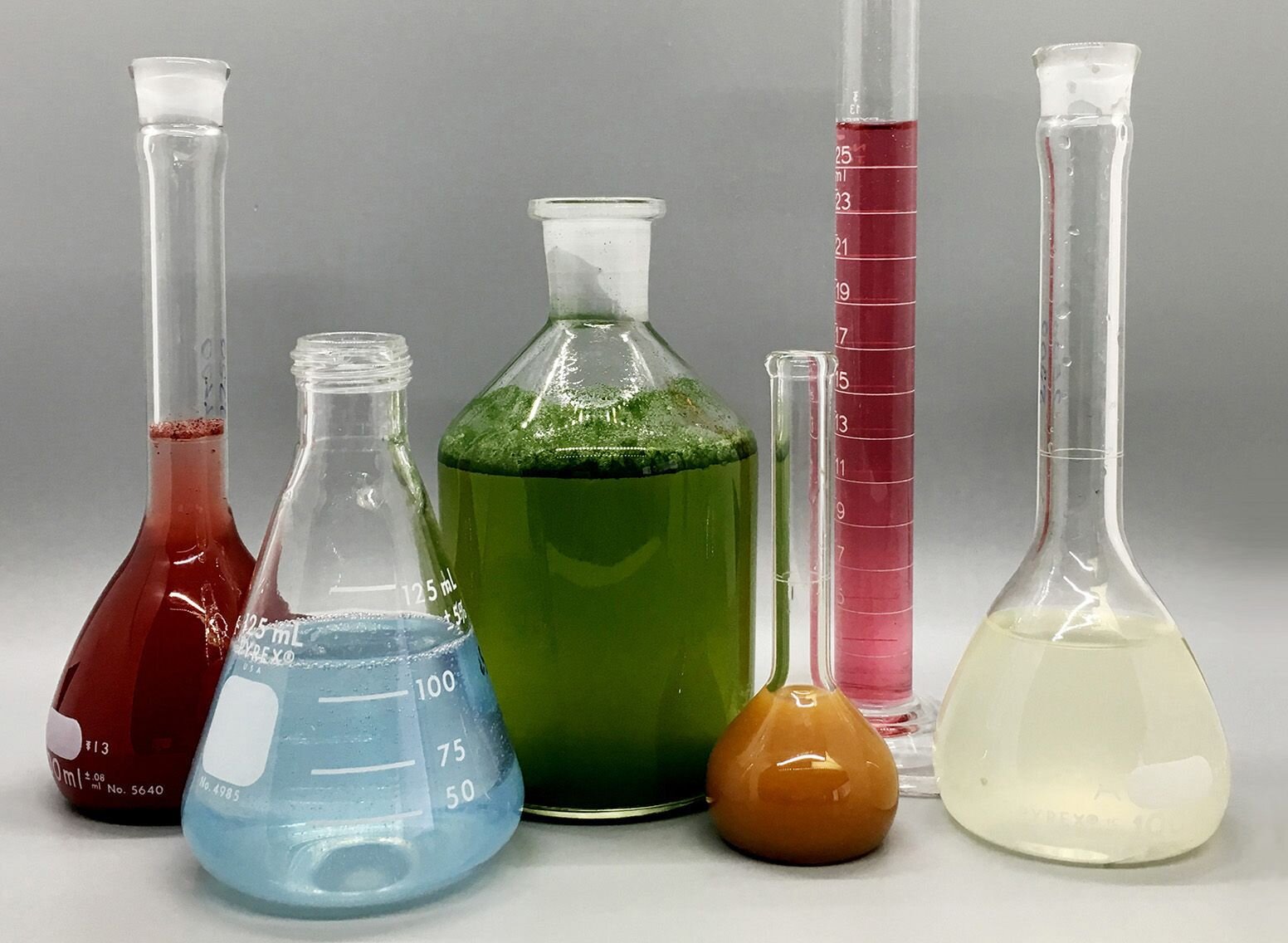Uv/vis/nir Can Be Fun For Everyone
Uv/vis/nir Can Be Fun For Everyone
Blog Article
The smart Trick of Circularly Polarized Luminescence That Nobody is Discussing
Table of ContentsAll about Uv/vis/nir3 Easy Facts About Circularly Polarized Luminescence ShownThe Best Strategy To Use For Uv/visCircularly Polarized Luminescence for BeginnersAll about Spectrophotometers

Spectrophotometry is a tool that hinges on the quantitative analysis of particles depending on how much light is taken in by colored substances.
Top Guidelines Of Circular Dichroism
A spectrophotometer is frequently utilized for the measurement of transmittance or reflectance of services, transparent or opaque solids, such as refined glass, or gases. Lots of biochemicals are colored, as in, they absorb noticeable light and therefore can be measured by colorimetric treatments, even colorless biochemicals can often be converted to colored compounds appropriate for chromogenic color-forming responses to yield substances ideal for colorimetric analysis.: 65 However, they can also be created to determine the diffusivity on any of the listed light ranges that typically cover around 2002500 nm utilizing different controls and calibrations.
An example of an experiment in which spectrophotometry is used is the decision of the stability constant of an option. A certain chain reaction within an option may take place in a forward and reverse direction, where reactants form items and products break down into reactants. At some time, this chemical reaction will reach a point of balance called an equilibrium point.
Unknown Facts About Circularly Polarized Luminescence
The quantity of light that goes through the solution is a sign of the concentration of particular chemicals that do not permit light to travel through. The absorption of light is due to the interaction of light with the electronic and vibrational modes of particles. Each kind of molecule has an individual set of energy levels related to the makeup of its chemical bonds and nuclei and therefore will absorb light of particular wavelengths, or energies, resulting in unique spectral properties.
Making use of spectrophotometers spans numerous clinical fields, such as physics, materials science, chemistry, biochemistry. circularly polarized luminescence, chemical engineering, and molecular biology. They are widely utilized in many markets including semiconductors, laser and optical production, printing and forensic examination, along with in laboratories for the research study of chemical substances. Spectrophotometry is often used in measurements of enzyme activities, determinations of protein concentrations, decisions of enzymatic kinetic constants, and measurements of ligand binding reactions.: 65 Eventually, a spectrophotometer is able to identify, depending on the control or calibration, what compounds exist in a target and exactly how much through calculations of observed wavelengths.
This would come as a solution to the previously created spectrophotometers which were unable to absorb the ultraviolet properly.
Some Of Spectrophotometers
It would be found that this did not give satisfying outcomes, therefore in Design B, there was a shift from a glass to a quartz prism which enabled better absorbance results - circularly polarized luminescence (https://www.4shared.com/u/FvsNFVfH/julieanndesalorenz30606.html). From there, Design C was born with a modification to the wavelength resolution which wound up having 3 units of it produced
It was produced from 1941 to 1976 where the rate for it in 1941 was US$723 (far-UV accessories were an alternative at extra expense). In the words of Nobel chemistry laureate Bruce Merrifield, it was "probably the most important instrument ever developed towards the improvement of bioscience." Once it became stopped in 1976, Hewlett-Packard produced the very first commercially available diode-array spectrophotometer in 1979 called the HP 8450A. It irradiates the sample with polychromatic light which the sample takes in depending on its residential or commercial properties. Then it is sent back by grating the photodiode array which discovers the wavelength area of the spectrum. Because then, the production and implementation of spectrophotometry gadgets has actually increased immensely and has actually become one of the most ingenious instruments of our time.

An Unbiased View of Spectrophotometers
Historically, spectrophotometers utilize a monochromator including a diffraction grating to produce the analytical spectrum. The grating can either be movable or repaired. If a single detector, such as a photomultiplier tube or photodiode is utilized, the grating can be scanned stepwise (scanning spectrophotometer) so that the detector can measure the light strength at each wavelength (which will represent each "step").
In such systems, the grating is repaired and the strength of each wavelength of light is determined by a various detector in the selection. When making transmission measurements, the spectrophotometer quantitatively compares the fraction of light that passes through a referral service and a test service, then digitally compares the strengths of the 2 signals and computes the portion of transmission of the sample compared to the recommendation standard.

Report this page